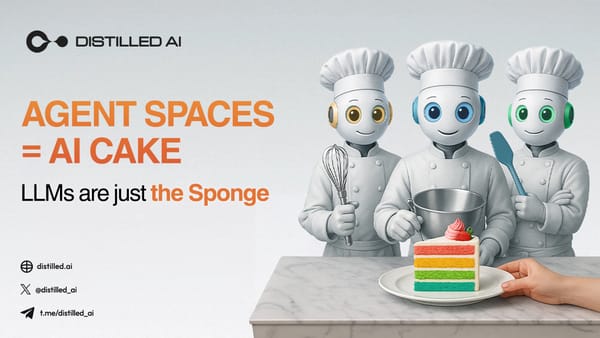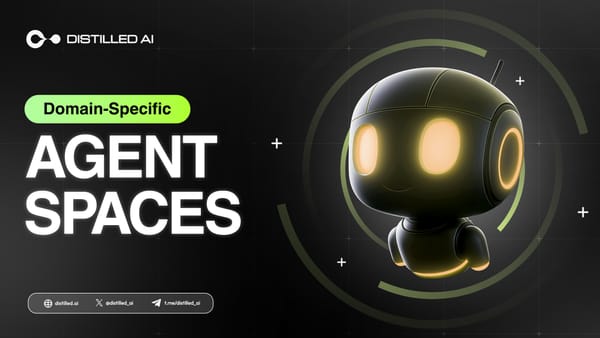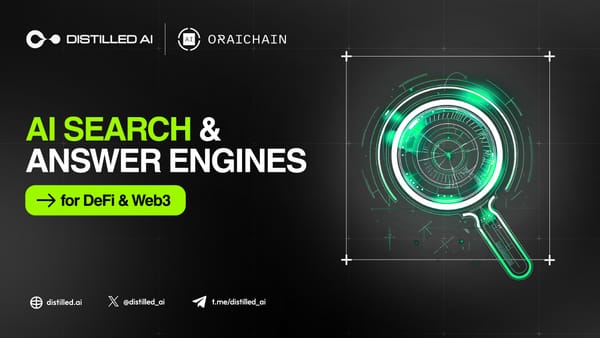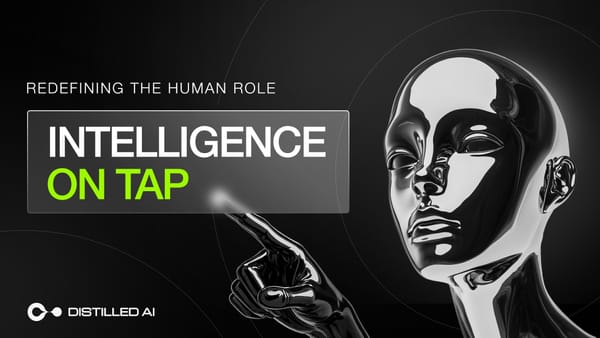Building the Brains of Tomorrow: A Deep Dive into AI Agent Architectures
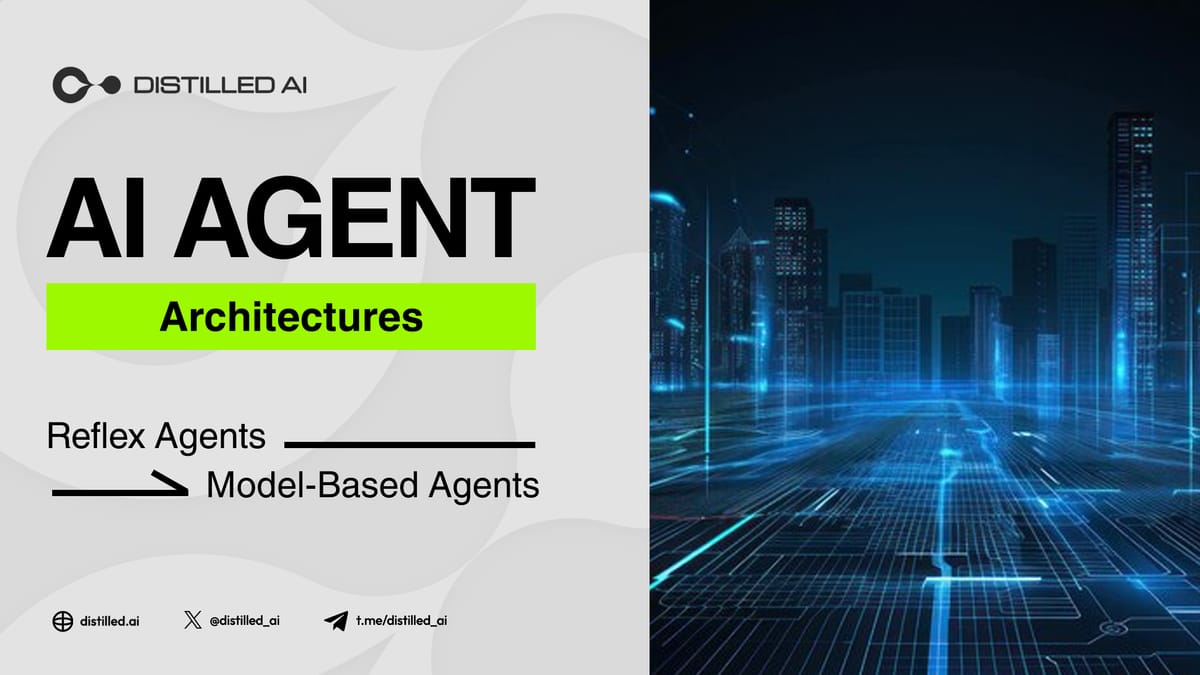
Artificial Intelligence (AI) is rapidly evolving, and at the forefront of this evolution are AI Agents. These aren't just chatbots; they're autonomous entities designed to perceive their environment and take actions to achieve specific goals. But how are these agents built? The answer lies in their underlying AI Agent Architectures. This article provides a comprehensive overview of the key architectures, outlining their strengths, weaknesses, and real-world applications. Understanding these architectures is crucial for anyone involved in AI development and building truly intelligent agents.
What is an AI Agent?
Before diving into the architectures, let's define what we mean by an AI Agent. An agent is anything that can perceive its environment through sensors and act upon that environment through actuators. An intelligent agent goes further – it aims to maximize its chance of successfully achieving its goals. This requires reasoning, learning, and adaptation.
1. The Simple Reflex Agent: Reacting to the Now
(Image: Simple Diagram showing Sensor -> Rule-Based System -> Actuator. Label sensors as "Environment Perception", Rule-Based System as "Condition-Action Rules", and Actuator as "Action")
The Simple Reflex Agent is the most basic type. It operates solely on the present, reacting directly to percepts (sensor inputs). It uses a set of condition-action rules: "If condition X is true, then perform action Y."
Strengths:
- Simplicity: Easy to understand and implement.
- Speed: Fast reaction time due to direct mapping.
- Low Resource Requirements: Doesn't require complex internal state.
Weaknesses:
- Limited Intelligence: Can't handle partial observability (when the environment isn't fully visible).
- Brittle: Struggles with even slight changes in the environment.
- No Memory: Doesn't learn from past experiences.
Example: A thermostat. It senses the temperature and turns the heating/cooling on or off based on a pre-defined temperature threshold.
Case Study: Early robotic vacuum cleaners often employed simple reflex agents. They reacted to obstacles by changing direction, but lacked the ability to map the room or plan efficient cleaning routes.
2. Model-Based Reflex Agents: Knowing the World (A Little)
To overcome the limitations of simple reflex agents, Model-Based Reflex Agents maintain an internal state – a representation of the world. This "model" allows the agent to reason about unobserved aspects of the environment. They use percepts to update their model and then use the model, along with condition-action rules, to decide on actions.
Strengths:
- Handles Partial Observability: Can infer information about the unseen parts of the environment.
- More Robust: Less susceptible to minor environmental changes.
- Improved Decision-Making: Can make more informed choices based on its internal model.
Weaknesses:
- Model Accuracy: Performance depends heavily on the accuracy of the internal model.
- Complexity: More complex to design and implement than simple reflex agents.
- Computational Cost: Maintaining and updating the model requires processing power.
Example: A self-driving car uses sensors (cameras, lidar, radar) to build a model of its surroundings – identifying lanes, other vehicles, pedestrians, and traffic signals. It then uses this model to navigate safely.
Case Study: Roomba's later models (i7, s9+) utilize SLAM (Simultaneous Localization and Mapping) to create a map of the house, enabling more efficient and targeted cleaning. iRobot Roomba i7+ Review
3. Goal-Based Agents: Working Towards Objectives
Goal-Based Agents go a step further by incorporating goals. They not only maintain a model of the world but also have a defined objective they are trying to achieve. They use search and planning algorithms to find sequences of actions that will lead to the desired goal state.
Strengths:
- Flexibility: Can adapt to different situations to achieve the same goal.
- Long-Term Planning: Capable of considering the consequences of actions over time.
- Goal-Oriented Behavior: Focuses on achieving specific objectives.
Weaknesses:
- Computational Complexity: Search and planning can be computationally expensive, especially in complex environments.
- Goal Specification: Defining appropriate goals can be challenging.
- Potential for Suboptimal Solutions: Search algorithms may not always find the most efficient path to the goal.
Example: A game-playing AI (like AlphaGo) has a goal (winning the game) and uses search algorithms (like Monte Carlo Tree Search) to determine the best moves.
Case Study: DeepMind's AlphaGo AlphaGo DeepMind demonstrated the power of goal-based agents combined with deep learning to achieve superhuman performance in the complex game of Go.
4. Utility-Based Agents: Maximizing Happiness (or Value)
Utility-Based Agents are the most sophisticated type. They not only have goals but also assign a utility value to different states of the world. Utility represents the agent's preference for one state over another. They choose actions that maximize their expected utility.
Strengths:
- Handles Conflicting Goals: Can prioritize goals based on their utility.
- Optimal Decision-Making: Aims to find the best possible outcome, even in uncertain environments.
- Nuance and Preference: Can express preferences beyond simple goal achievement.
Weaknesses:
- Utility Function Design: Defining an accurate and meaningful utility function is extremely difficult.
- Computational Cost: Calculating expected utility can be computationally intensive.
- Sensitivity to Utility Values: Small changes in utility values can significantly impact behavior.
Example: A financial trading agent might have a utility function that considers profit, risk, and liquidity.
Case Study: AI-powered personalized recommendation systems (like those used by Netflix or Amazon) use utility functions to predict which items a user will find most valuable. Netflix Recommendations
The Future of AI Agent Architectures
The field of AI Agent Architectures is constantly evolving. Current research focuses on combining these architectures, incorporating reinforcement learning, and developing more robust and adaptable agents. Hybrid architectures, leveraging the strengths of different approaches, are becoming increasingly common. As AI continues to advance, understanding these foundational concepts will be critical for building the intelligent systems of tomorrow.
Resources:
- Artificial Intelligence: A Modern Approach (Russell & Norvig): https://aima.cs.berkeley.edu/ - A comprehensive textbook on AI.
- Stanford Encyclopedia of Philosophy - Agents: https://plato.stanford.edu/entries/agents/ - A philosophical overview of agents.
